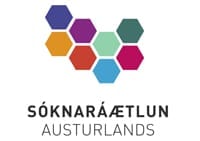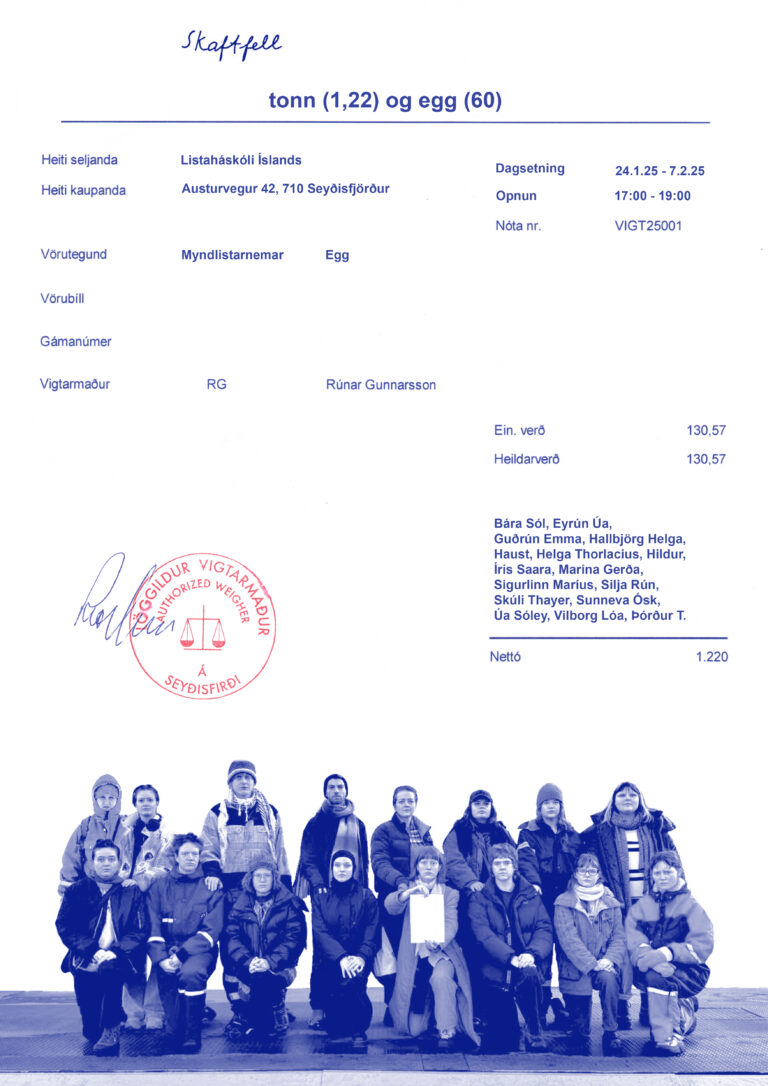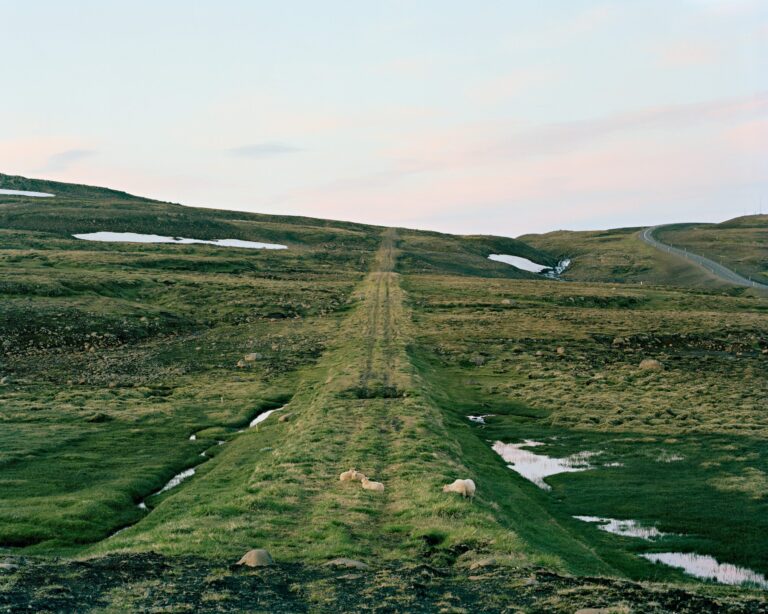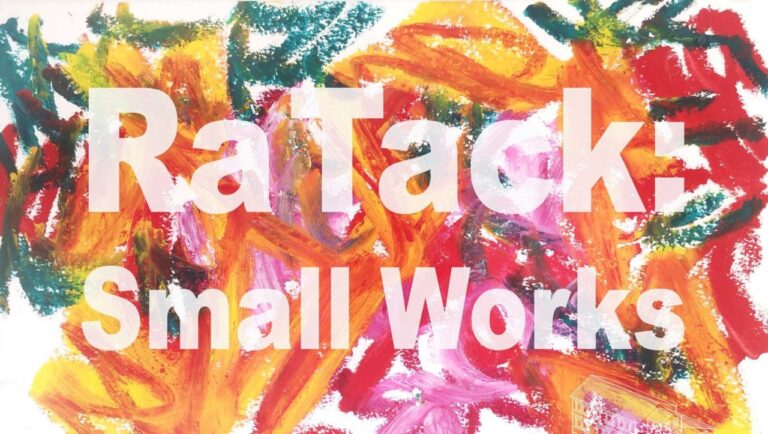We are Hyperboreans–we know well enough how remote our place is. “Neither by land nor by water will you find the road to the Hyperboreans”: even Pindar,in his day, knew that much about us. Beyond the North, beyond the ice, beyond death–our life, our happiness – Friedrich Nietzsche, Antichrist (originally published 1859)
Hyperborea was described by the Greek poet Pindar as a mythical land that lay beyond the Borea north wind. It was idyllic; the sun shone twenty-four hours a day, and the inhabitants were said to live to the age of one thousand in complete happiness. The basis for this unreal place draws from real northern lands, and through an exhibition and a series of performances and screenings, the artists in The Assembly of the Hyperboreans relate to the north and the ways in which stories change and shift in their telling. Places and myths are created in the meetings of traditional oral cultures with contemporary performances.
An event program runs alongside the exhibition, with performances and a screening. On July 12 Ásta Fanney Sigurðardóttir and Styrmir Örn Guðmundsson will perform a series of performances around town. A film by Luke Fowler and Nora Joung will perform later in the program. In late July the voice sculpture “Folk tale” from 1992, by Magnús Pálsson, will be performed. Pálsson was born 1929 in Eskifjörður, East Iceland, and it one of the most influential Icelandic artists. His vast body of work extends over six decades and crosses the borders of visual art, theater and music. The voice sculpture is based on an Italian story about a gardener that finds a body on a field. After arriving back to the field the body has mysteriously disappeared.
Curator Gavin Morrison, co-curator Ráðhildur Ingadóttir.
Bios
Ásta Fanney Sigurðardóttir was born in 1987. She graduated with BA in visual art from the Iceland Academy of the Arts in 2012 and held her first solo exhibition the following year. She has exhibited in many group exhibitions both here in Iceland and internationally. She also performs at poetry and music festivals. Her work often intertwines music, sound art, performance, poetry.
dj. flugvél og geimskip (Airplane and Spaceship) is the solo project of Steinunn Hardardottir that draws influences from a thousand worlds. Defined as electronic horrormusic with a space twist, the music is a mix of playful beats, cool bass, catchy melodies and highpitched vocals. She sings about evil cats taking over the world, alien experiments, demons hiding in shadows and the weird world below the surface of the ocean. Her live performances are lively, colorful and poetic and her music deals with mysteries, dreams and dangers of the night. On stage, dj. flugvél og geimskip, is alone in the midst of keyboards and drum machines. Her concerts are like a strange blend of music, horror stories, poetry and theater. The mood is set by storytelling between songs, the use of incense, smoke, lights and a backdrop video. The audience is left feeling like they are in a vivid dream or have travelled to outer space. dj. flugvél og geimskip just recently released her third album, Nótt á hafsbotni (Night at the Bottom of the Ocean), where the topic is the deep ocean. Her last album, Glamúr í geimnum (Glamour in Space) was all about the magic of space. Nótt á hafsbotni is a heavier album then Glamúr í geimnum but the beats are dancier and the melodies are influenced by Asian music, for example from India and Syria. The album won the Icelandic Kraumur Music Awards in 2015, was nominated as the Best Pop Album at the Icelandic Music Awards 2015 and received raving reviews from both Uncut and The Arts Desk among others.
Luke Fowler (b. 1978, Glasgow) is an artist, filmmaker and musician based in Glasgow. His work explores the limits and conventions of biographical and documentary filmmaking, and has often been compared to the British Free Cinema of the 1950s. Working with archival footage, photography and sound, Fowler’s filmic montages create portraits of intriguing, counter cultural figures, including Scottish psychiatrist R. D. Laing and English composer Cornelius Cardew.
Helgi Örn Pétursson, 1975, is born and bred in Reykjavík. Helgi is an artist of chaotic and yet calculated proportions. He has lived and worked in Seydisfjördur since 2006, the year he graduated from the Iceland Academy of the Arts, Visual arts department. Through the years Helgi Örn’s work has taken the multi-layered form of performance that draws from the world of music and dance. His performances are often a collaboration with other like-minded artists working, and bordering on the exchange of music and visual art. In addition Helgi Örn works with drawing and is a skilled craftsman, illustrator and layout artist as well as curator, theatre technician and designer.
Jesper Fabricius was born 1957 in Rudkøbing, Denmark. He is a co-founder of the publishing house Space Poetry in 1980 and the art-magazine Pist Protta in 1981.
Studied at the Danish Film School (editing) 1987 – 1991. Fabricius exhibited a lot and made several publications, and experimental films
Magnús Pálsson is one of Iceland’s foremost artists. In 1978 he was instrumental in founding The Living Art Museum (Nýló). Sculptor, sound poet, performer and teacher, Magnús comes from a strong Fluxus background, where he and his contemporaries forged the beginnings of conceptualism and concrete poetry. As a sculptor, Magnús dealt with enigma and touch by making casts of negative spaces and trapping ephemeral moments in solidifying plaster. His signature piece from that time is a cast of the space between the three wheels of a Sikorsky helicopter and its landing field, seconds before it actually touches down. Made in 1976, this work was exhibited in Venice in 1980 when Magnús represented Iceland at the 37th Biennale. Gradually he moved away from solid material into the more fluid realm of sound and action where recently he has made works for choirs, JCB earth diggers, ghosts and children.
The Narrative Collection 2011-2012 was a two-year archive project lead by Skaftfell. The purpose was to collect narratives from all the inhabitants of Seyðisfjörður during that period and create a series of snapshots which together create a wider picture of the community. A total of 214 narratives were collected.
Nora Joung (b. 1989) lives and works and is based in space (and time!). She holds a MFA from the Academy in Oslo. Her work is often centred around the relationship between language and images: Where one may become surrogate for the other, semiotic shifts are suggested and the fight for primacy over the other is constant. She also works as a critic.
Ragnar Kjartansson draws on the entire arc of art in his performative practice. The history of film, music, theatre, visual culture and literature finds its way into his video installations, durational performances, drawing and painting. Pretending and staging become key tools in the artist’s attempt to convey sincere emotion and offering a genuine experience to the audience. Kjartansson’s playful work is full of unique moments where a conflict of the dramatic and the banal culminates in a memorable way. Kjartansson studied at the Iceland Academy of the Arts, he was born in 1976 in Reykjavík, where he still lives today.
A storyteller, a performer, a singer, an object maker, an illustrator. Styrmir Örn Guðmundsson has a love for the absurd, by which is meant less an obsessive passion for the ridiculous, nonsensical or the odd, than a tender and caring attitude: he takes care of the absurd, he helps it to develop, he gives it a place alongside everything else where it can be your most disturbing neighbour and your best friend. Styrmir studied art in Amsterdam, after which his work has landed in gallery and theatre context internationally. He lives in Warsaw.
Collaborators i8 gallery and The Modern Institute
The exhibition is supported by
![]()





